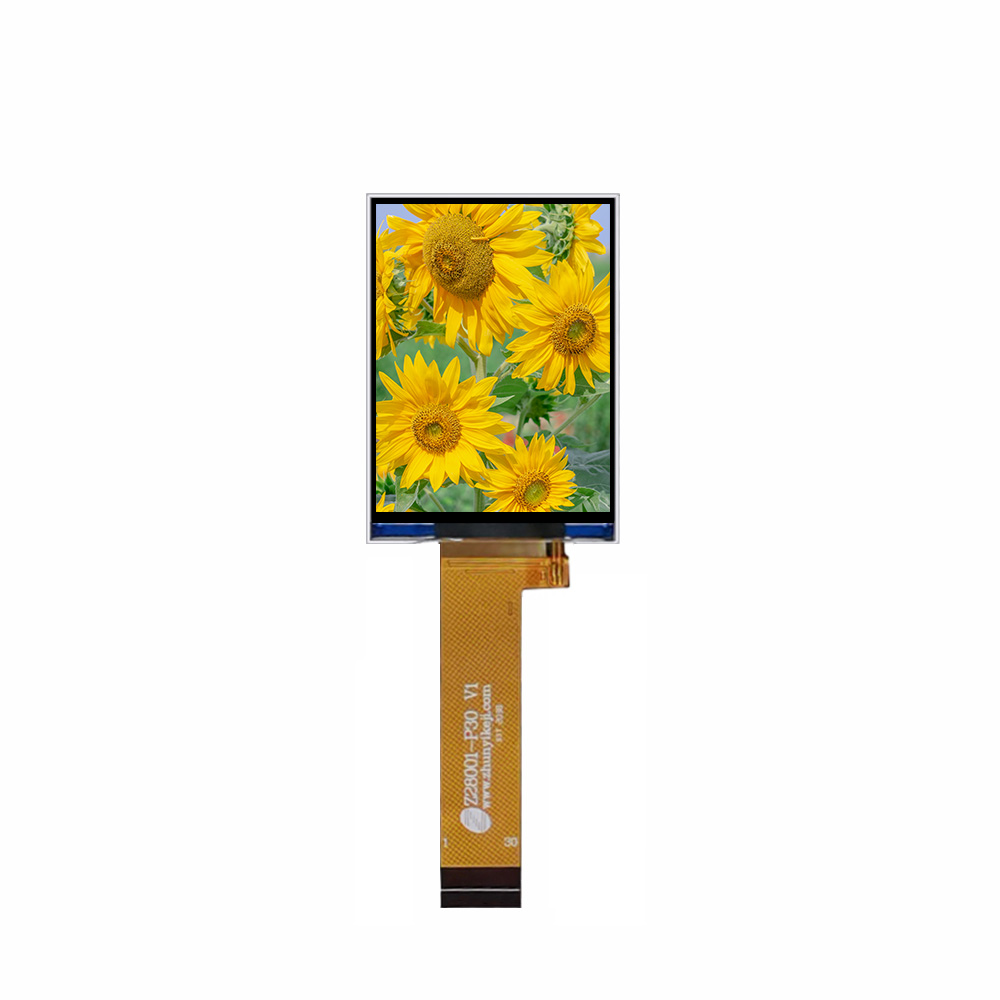




Touch displays have become an integral part of our daily lives, from smartphones and tablets to industrial control panels. Given their frequent use and exposure to various environments, protection technologi
es ae crucial to ensure their longevity and optimal performance.
One of the primary protection methods is the application of scratch - resistant coatings. These coatings are typically made of materials such as tempered glass or special polymers. Tempered glass coatings, for example, are significantly harder than regular glass, providing excellent resistance to scratches from keys, pens, or other sharp objects. In a retail environment where touch displays are used for self - checkout systems, a scratch - resistant coating can prevent the screen from getting marred by the items being scanned or the customer's fingernails. Some polymers used in coatings also offer anti - fingerprint properties. They reduce the visibility of fingerprints and smudges on the screen, which not only improves the aesthetics but also enhances the touch sensitivity. This is especially important for devices like touch - enabled laptops, where a clean screen is essential for a seamless user experience.
Another important aspect of protection is liquid resistance. In many applications, touch displays may be exposed to liquids, such as in kitchens for smart appliances or in medical facilities where disinfectant solutions are frequently used. Liquid - resistant coatings are designed to repel water and other common liquids. These coatings work by creating a hydrophobic or oleophobic surface. Hydrophobic coatings repel water, preventing it from seeping into the internal components of the display and causing short - circuits. Oleophobic coatings, on the other hand, are effective against oils, which are often present on human fingers. This helps to keep the screen clean and functional even in environments where liquid exposure is likely.
Electromagnetic interference (EMI) protection is also necessary for touch displays. In industrial settings or near electronic equipment, touch displays may be affected by EMI, which can cause display glitches or inaccurate touch responses. To combat this, manufacturers use shielding materials. These materials can be in the form of metal foils or conductive coatings applied to the back of the display. The shielding materials absorb or reflect the electromagnetic waves, preventing them from interfering with the display's electronics. This ensures stable operation of the touch display in electromagnetic - rich environments.
